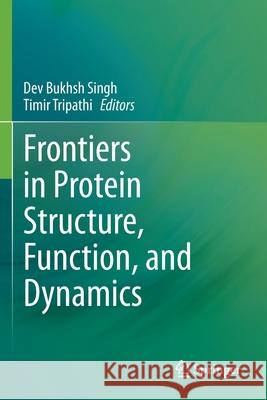Frontiers in Protein Structure, Function, and Dynamics » książka
topmenu
Frontiers in Protein Structure, Function, and Dynamics
ISBN-13: 9789811555329 / Angielski / Miękka / 2021 / 452 str.
Frontiers in Protein Structure, Function, and Dynamics
ISBN-13: 9789811555329 / Angielski / Miękka / 2021 / 452 str.
cena 605,23 zł
(netto: 576,41 VAT: 5%)
Najniższa cena z 30 dni: 578,30 zł
(netto: 576,41 VAT: 5%)
Najniższa cena z 30 dni: 578,30 zł
Termin realizacji zamówienia:
ok. 22 dni roboczych
Bez gwarancji dostawy przed świętami
ok. 22 dni roboczych
Bez gwarancji dostawy przed świętami
Darmowa dostawa!
Kategorie:
Kategorie BISAC:
Wydawca:
Springer
Język:
Angielski
ISBN-13:
9789811555329
Rok wydania:
2021
Wydanie:
2020
Ilość stron:
452
Waga:
0.64 kg
Wymiary:
23.39 x 15.6 x 2.39
Oprawa:
Miękka
Wolumenów:
01
Dodatkowe informacje:
Wydanie ilustrowane











